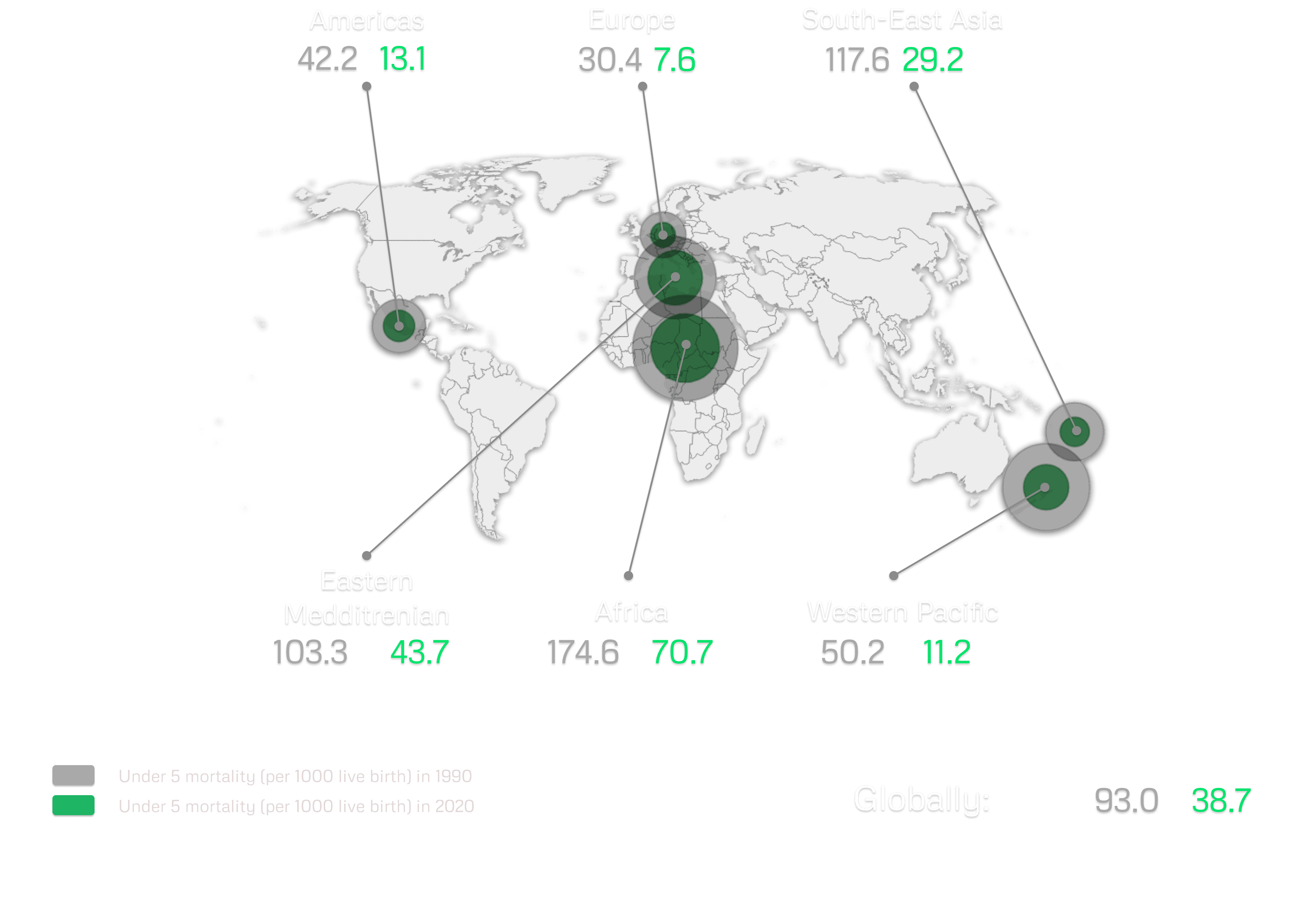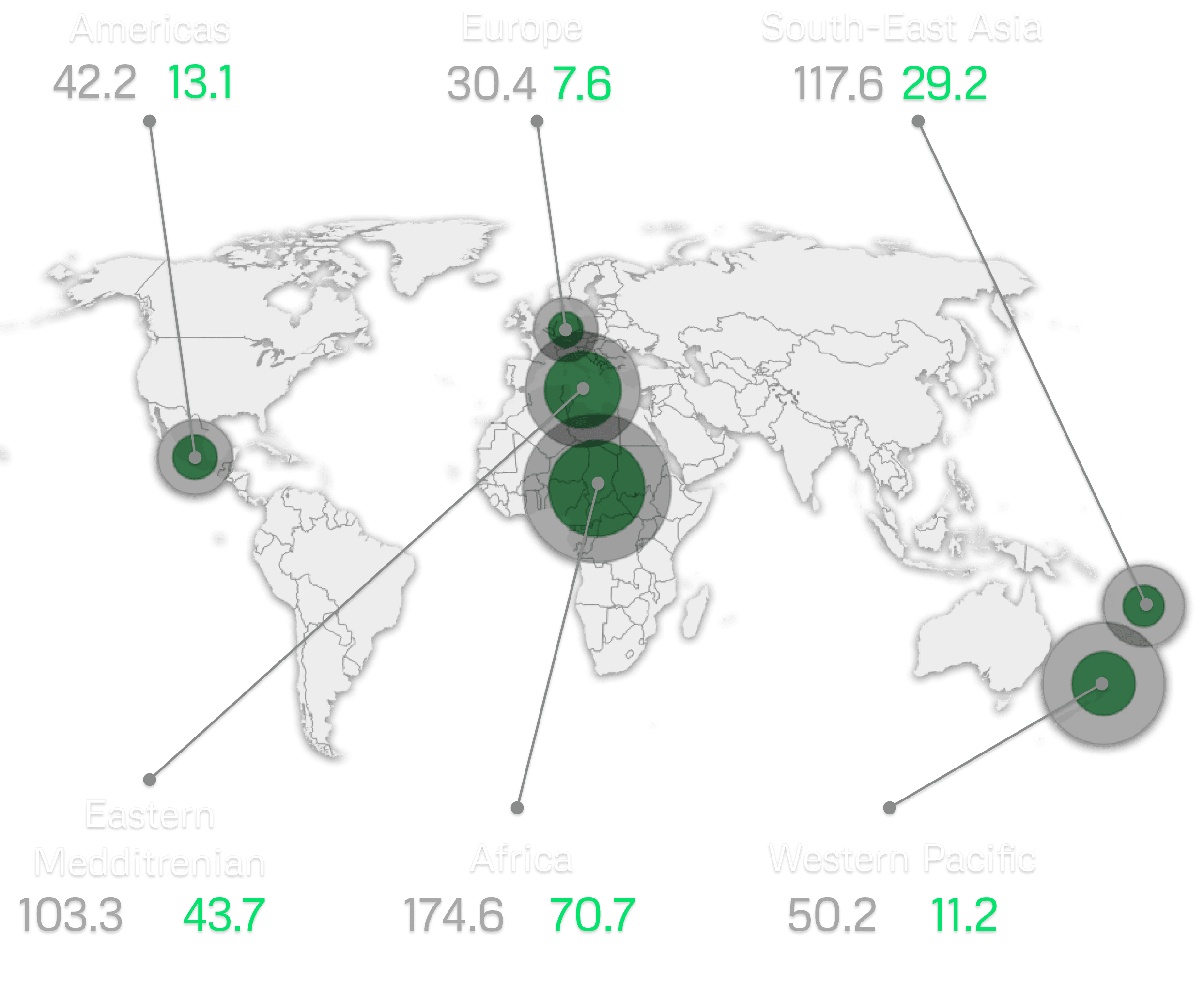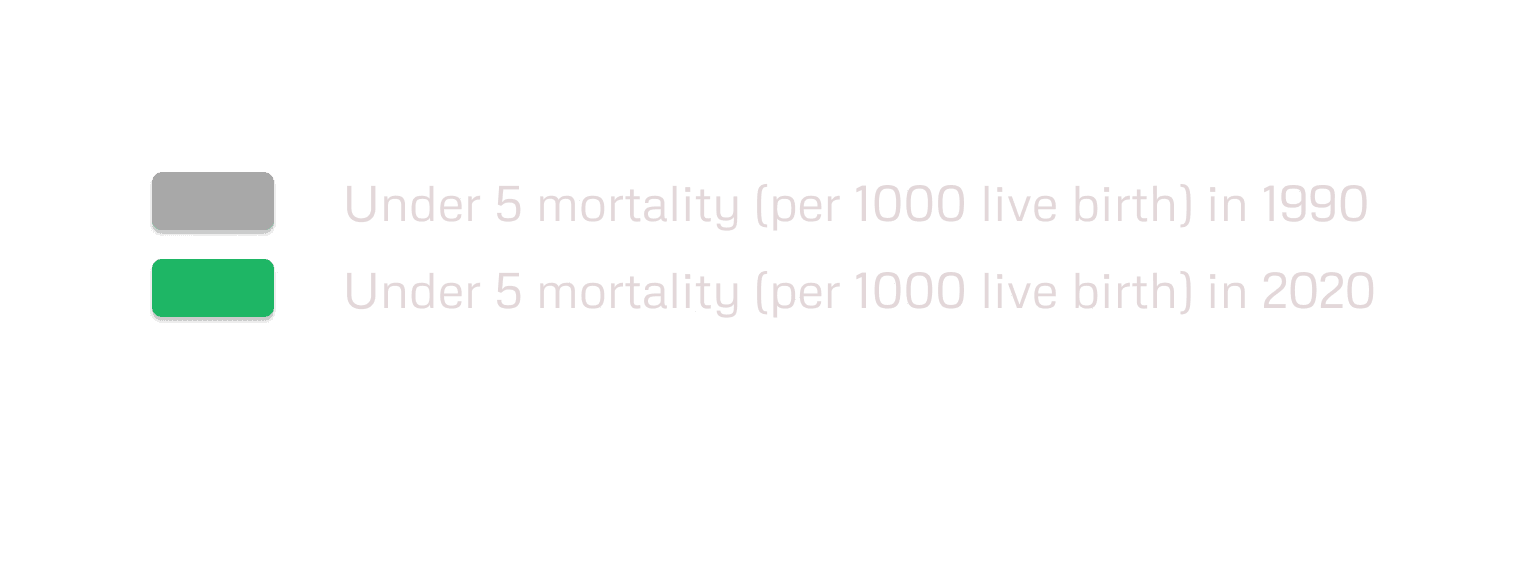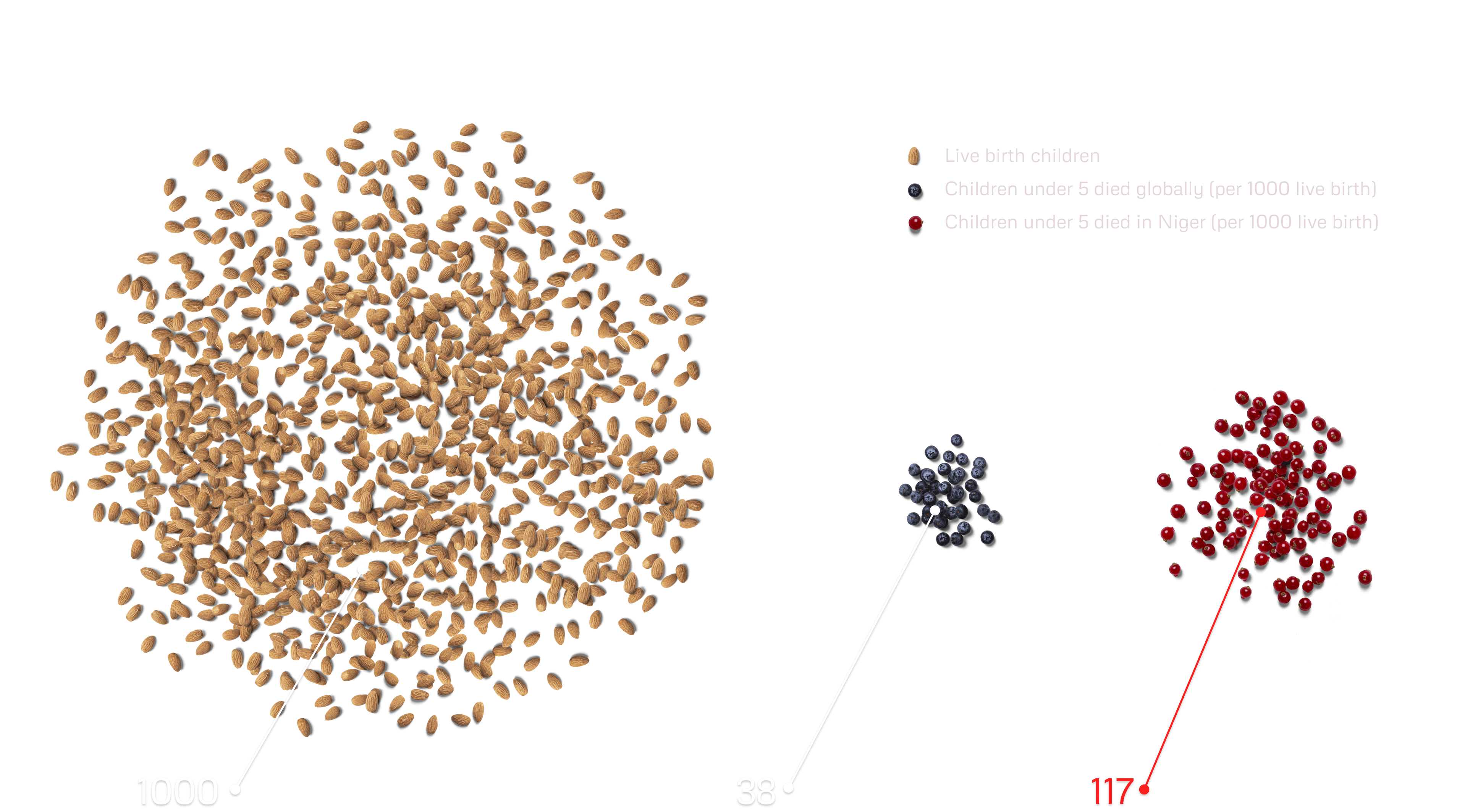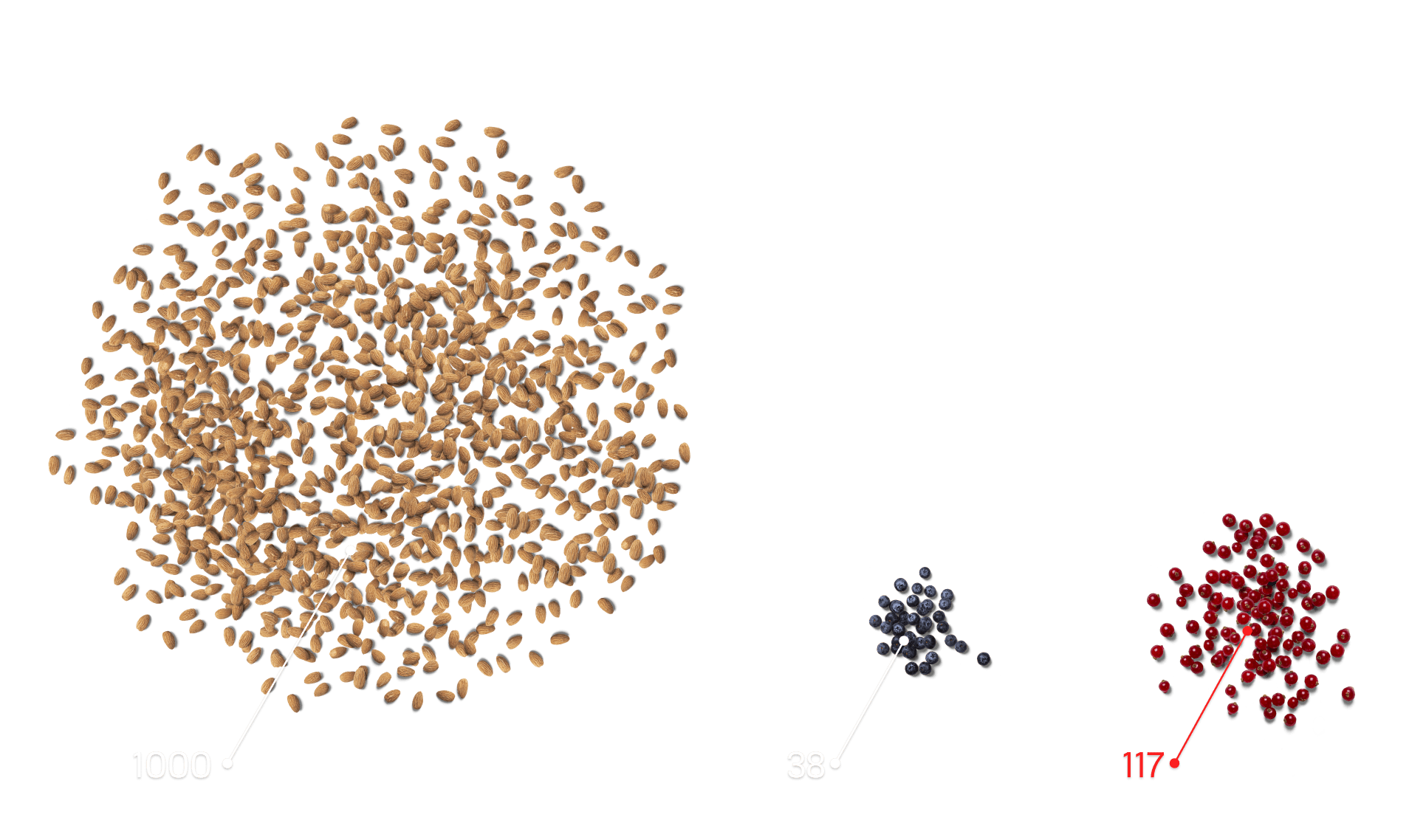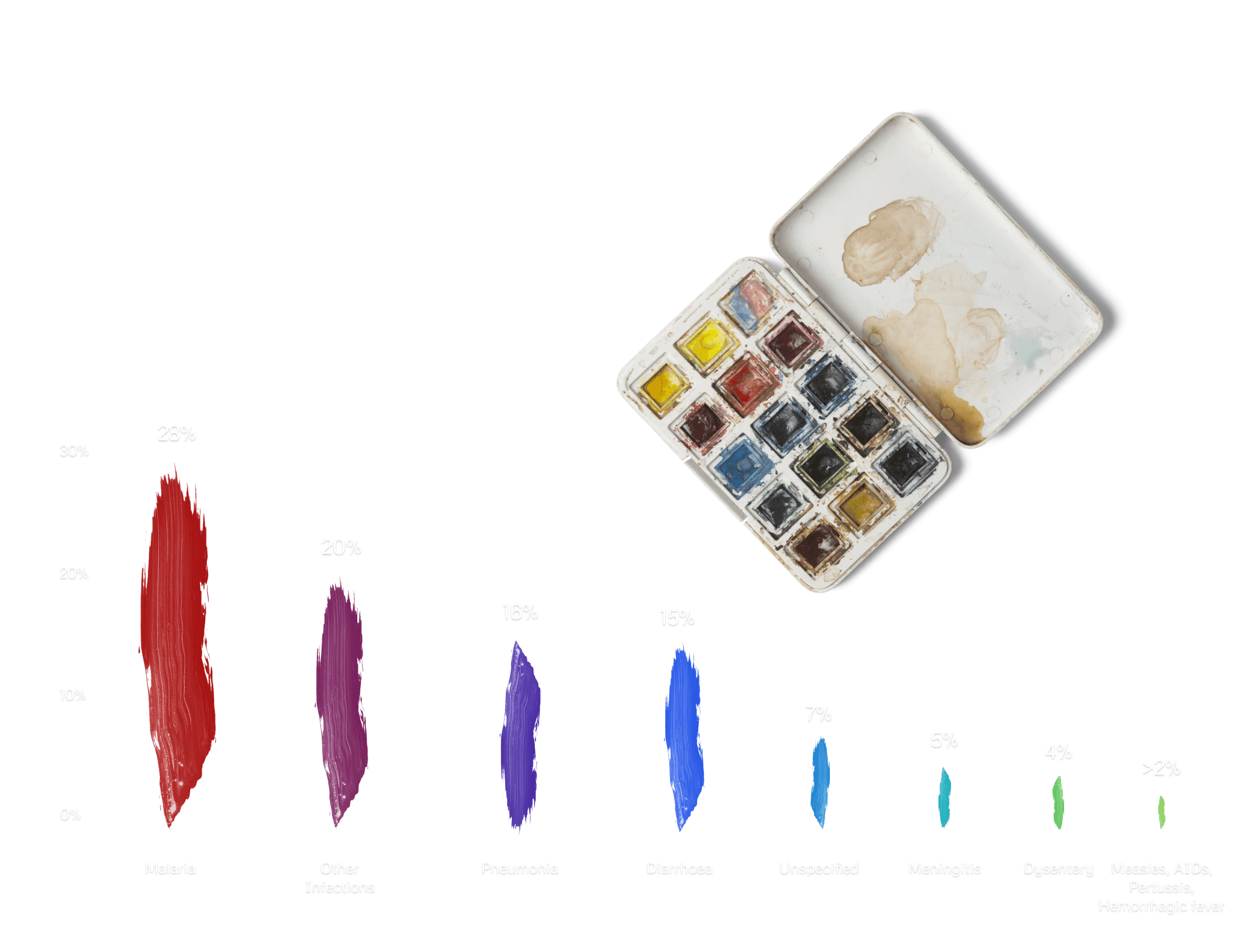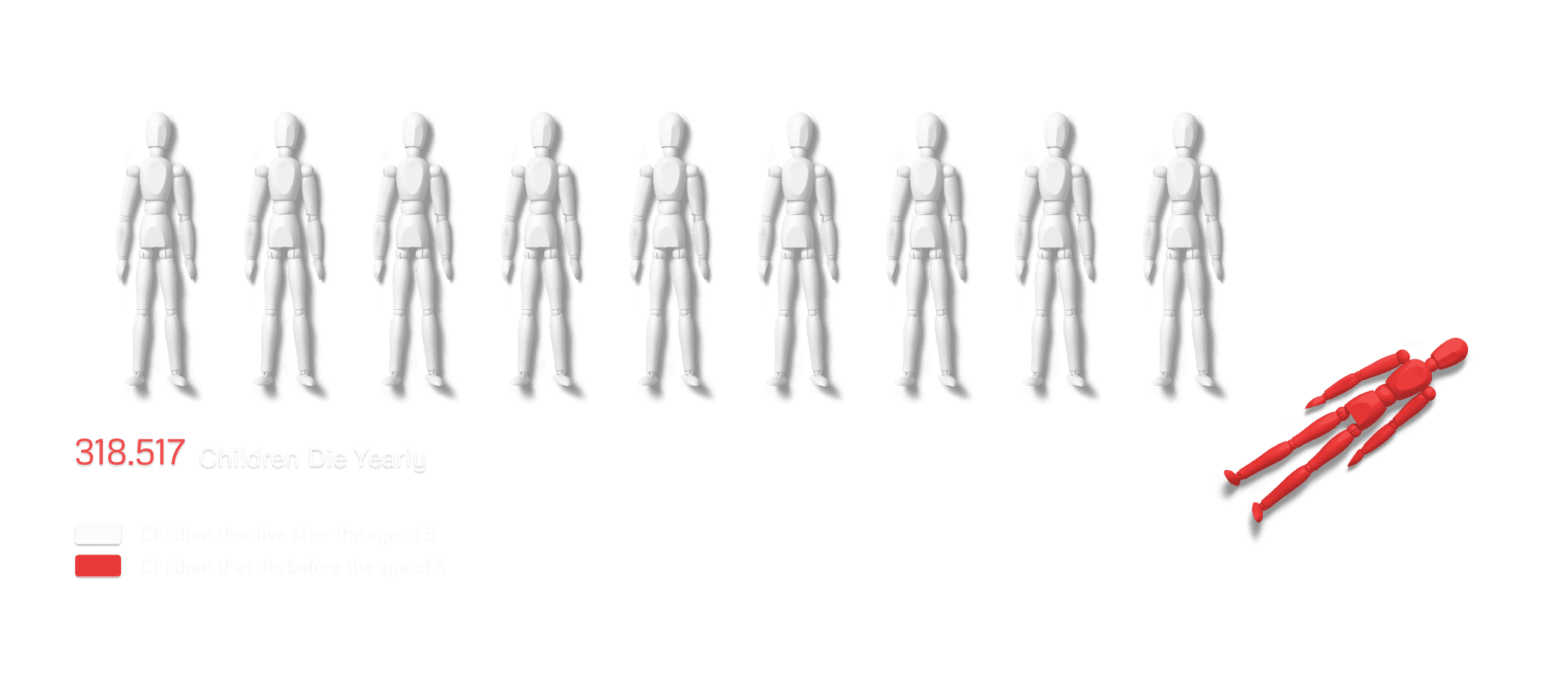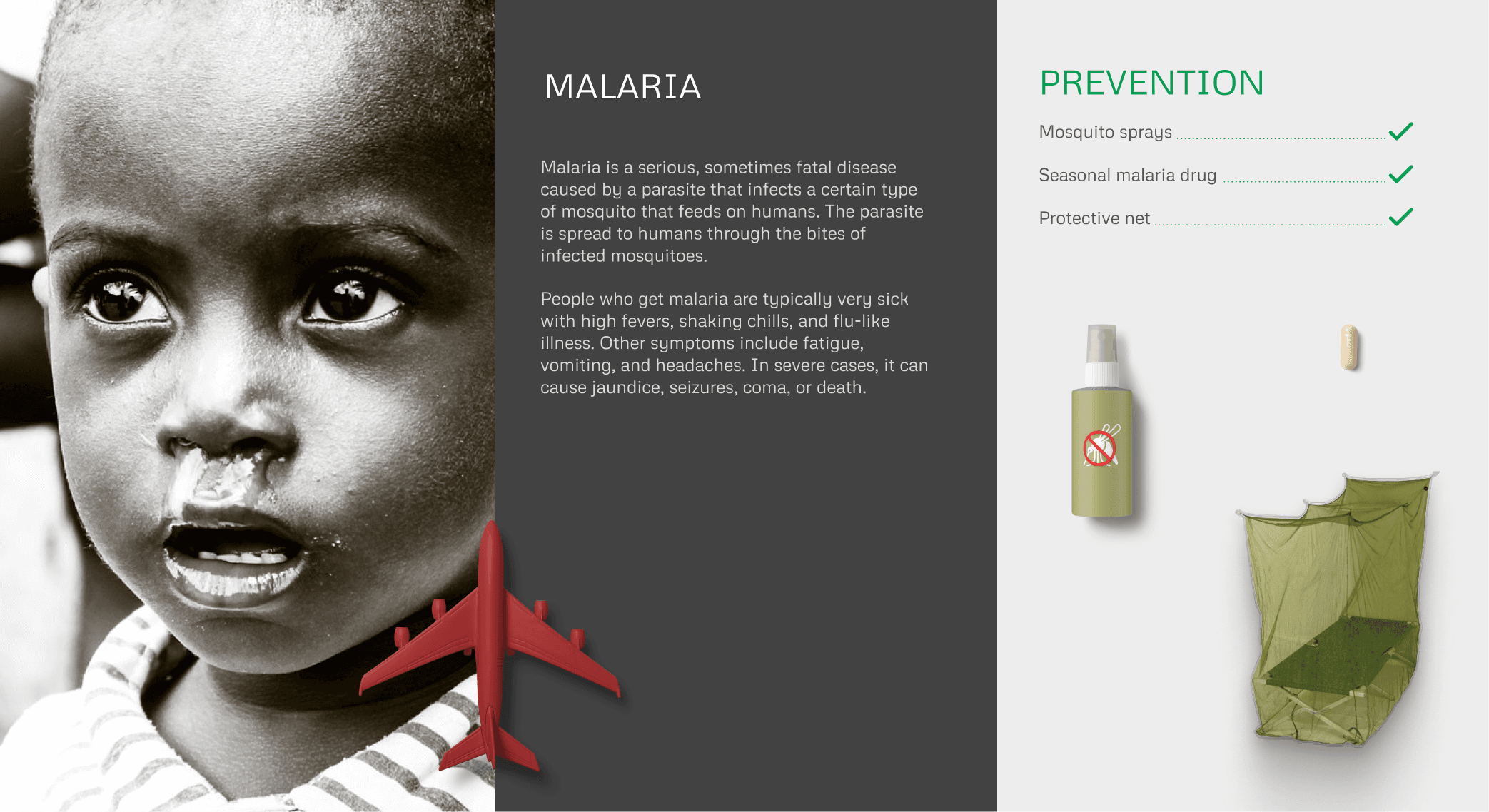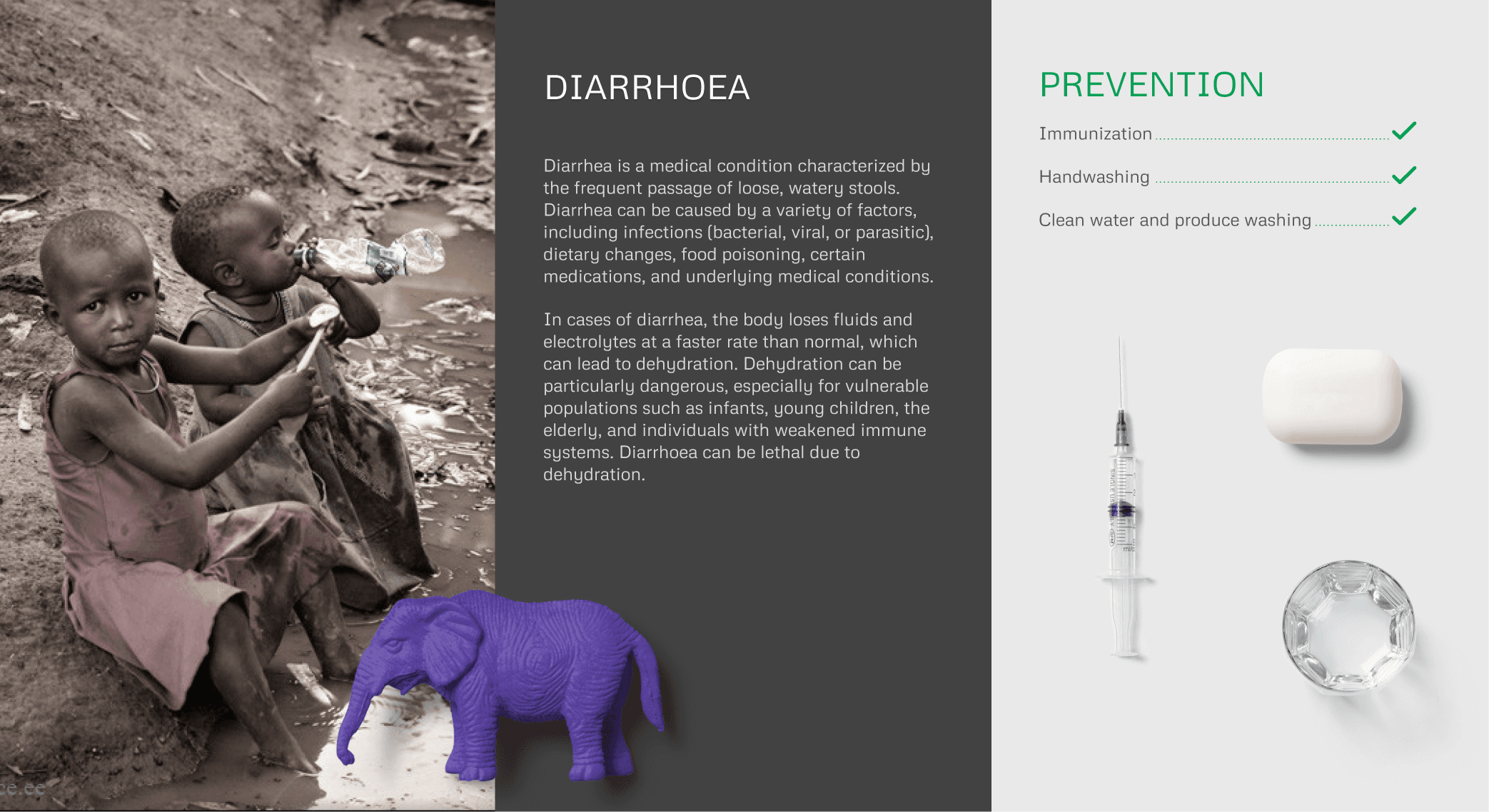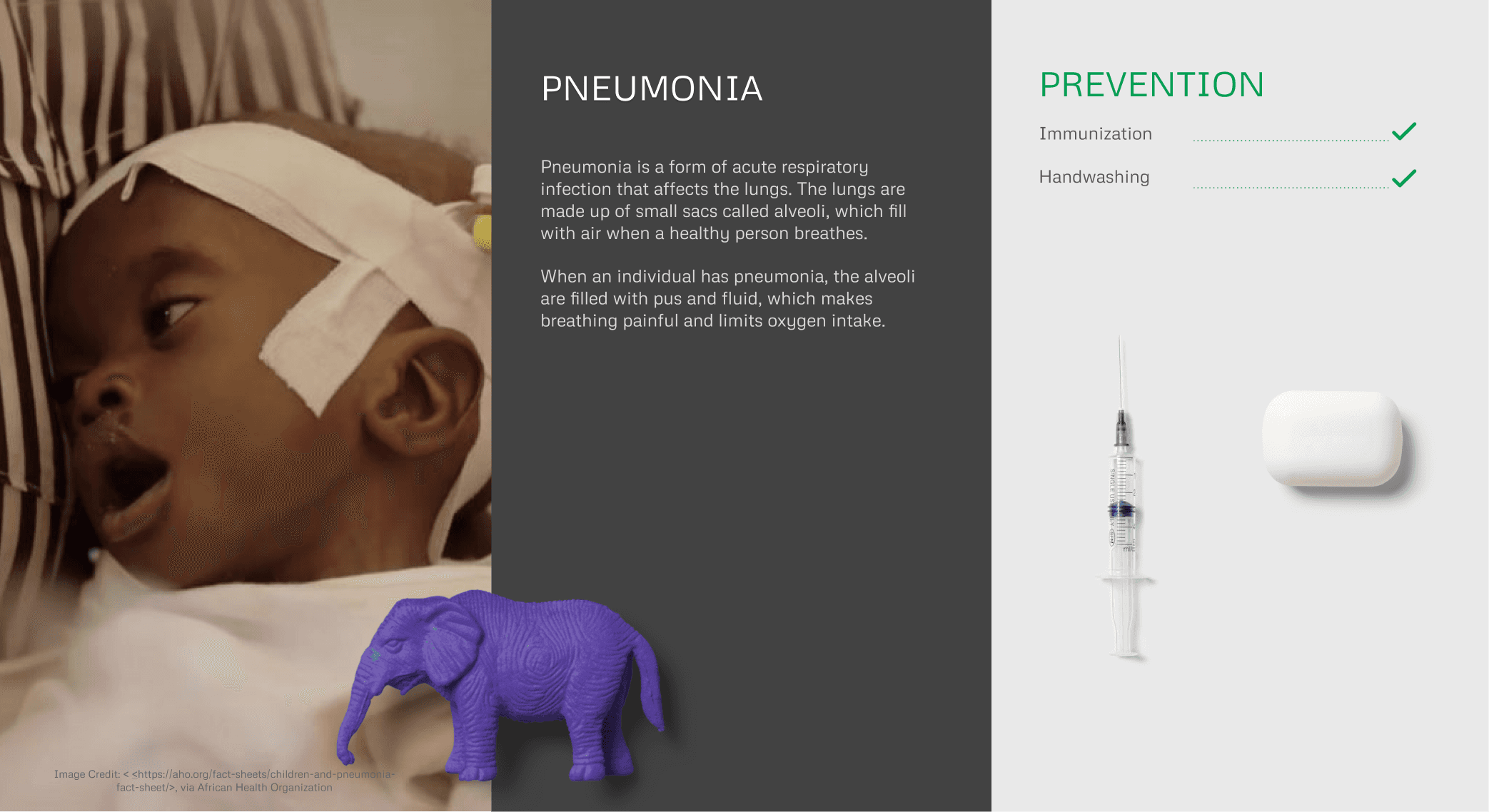Under 5 Child Mortality in Niger, West Africa
Tangible data visualization is a technique that helps represent data to impact all viewers. In this project, I researched and showcased my findings on the topic.
Niger vs the World
Global Progress in Child Mortality Under Five in 1990 vs. 2020
According to the World Health Organization (WHO), the global number of under-5 deaths has significantly decreased, plummeting from 12.8 million in 1990 to 5.5 million in 2020. Over this period, the global under-5 mortality rate has witnessed a remarkable decline of 59%, going from 93 deaths per 1000 live births in 1990 to 38 in 2021.
This decline is attributed to global efforts to improve child health and well-being, such as widespread vaccination campaigns, maternal and child healthcare programs, and proper nutrition and hygiene education.
Comparing Global and Niger Child Under 5 Mortality in 2020
Despite improvement from 1990, the epicenter of child mortality is Niger, West Africa. The rates are still critical and are the highest in the world. On average, out of every 1000 live births, 38 children die before the age of 5 worldwide.
This number has more than tripled in Niger, West Africa, reaching 117 children. Child healthcare programs and education on proper nutrition and hygiene.the
Chilren under 5 death per 1000 birth globaly vs in niger
Child mortality has significantly decreased but is still the worst in the world.
Impact of Non-Infectious Factors on Childhood Susceptibility to Infections
While 5% of children under 5 succumb to non-infectious diseases, a significant 95% face the tragic consequences of infectious ailments. Intriguingly, it is important to note that non-infectious causes, such as malnutrition and injury, while seemingly distinct, can paradoxically act as precipitating factors for susceptibility to infections.
The interplay between these seemingly separate categories elucidates a complex relationship wherein non-infectious factors can weaken the body's defenses and pave the way for infections to take hold. Thus, malnutrition, for instance, compromises the immune system's resilience, rendering children more susceptible to communicable diseases that might otherwise be manageable.
Infectious vs non - infectious causes of child's mortality
Malnutrition
Malnutrition: Leading Non-Infectious Cause of Child Mortality in Niger
The biggest contributor to a child’s death from non-infectious factors is malnutrition. Chronic, acute malnutrition and micronutrient deficiency can lead to irreversible growth and cognitive impairments, low weight for their height, an increased vulnerability to infections, iron deficiency anemia, and vitamin A deficiency.
Poverty, agricultural challenges, and lack of education on feeding practices result in such a high level of malnutrition in Niger.
non - infectious desease that contribute to child's mortality
Children’s diet In Niger is driving malnutrition, which is a leading cause of death in children.
Infectious Diseases that Drive High Mortality
Data Insight
Out of infectious diseases, Malaria is the leading cause of death in young children. Malaria is common in Niger because of the climate, which is habitable for the Plasmodium falciparum parasite, the species that is most likely to cause severe Malaria and death. The parasite is transmitted to humans through mosquito bites.
Pneumonia affects Niger due to child malnutrition (66%), indoor air pollution from solid fuels (46%), and lack of access to handwashing facilities (21%)
Diarrhea is more prevalent in developing countries due to a lack of safe drinking water, sanitation, and hygiene.
Malaria, common in Niger due to climate, is the main infectious cause of child's death.
infectious desease that contribute to child's mortality
Typical Diet
Niger's dietary landscape is centered around staple foods like millet, rice, grains, root vegetables, and beans. However, the challenge of limited access to clean water looms large, impacting both food preparation and consumption.
While grains, root vegetables, and goat's milk offer valuable nutrients such as calcium, magnesium, and B vitamins, the relatively narrow range of available foods and insufficient quantities create a nutritional shortfall of the mentioned food sources. create
Missing Nutrients
While domestic animals are present, their use as a meat source is often avoided due to the trade-off it presents: sacrificing meat for milk. This careful equilibrium responds to the challenging climate—characterized by aridness and heat—which hampers cultivating a diverse food range.
Within this context, nutrients like iron, Vitamin A, zinc, iodine, folate, Vitamin B12, and omega-3 fatty acids frequently fall short in diets. This intricate interplay of dietary practices, environmental conditions, and resource limitations underscores the multifaceted challenge of addressing malnutrition in Niger.
Desease Prevention and Treatment
Practical Healthcare Solutions
Navigating this intricate landscape demands a highly cohesive approach—one that resonates through the corridors of Niger's government financial allocation, nutritional education initiatives, and the accessibility of improved healthcare services.
Amidst this complexity, there are avenues to address mortality rates through practical and resourceful means. By incorporating basic medical care, leveraging low-cost technologies, and ensuring access to fundamental hygiene products, a significant impact can be achieved without the necessity of protracted timelines for governmental or societal shifts.
Crucially, this pragmatic strategy circumvents lengthy waits for systemic changes and can be facilitated with a reasonable allocation of global resources. It is much less expensive to prevent the disease than to heal it.
Diarrhea is more prevalent in developing countries due to a lack of safe drinking water, sanitation, and hygiene.
Every 10th child fails to reach age 5 due to largely preventable causes
visual representation of child's mortality levels in Niger
Additional Contributing Factors
Maternal and child health challenges in Niger
Niger holds the distinction of being the world's most fertile nation. The average age for a woman's first childbirth is 19, marking an increase from 1990.
The practice of initiating families as early as 15 years old is widespread. In a society where polygamy is legally accepted, and gender equality remains a challenge, the implications on maternal and child health are noteworthy.
The repercussions of early pregnancy, compounded by frequent childbirth, expose both mother and child to elevated stress levels, which can have severe health consequences. Interestingly, initial-born children often exhibit better health compared to their subsequent siblings, potentially due to the mother's inability to fully recuperate post-pregnancy. A parallel issue is the lack of exclusive breastfeeding.
According to UNICEF (2021), only 29% of children younger than six months are exclusively breastfed, which falls below the recommended six months. The celebration of larger families, intertwined with limited access to contraceptives and children's early involvement in familial duties, stretches already scarce resources, exacerbating the challenges facing the nation.
Furthermore, a significant contributor to high mortality rates in Niger lies in the prevalence of spiritual beliefs in non-traditional medicine and healers. Many individuals resort to unproven and untested methods as a first line of treatment for their children, delaying seeking medical attention until these alternatives prove ineffective. Tragically, this often results in crucial medical intervention being sought only when it's too late to salvage the child's life, compounding the issue of preventable deaths.
Culture and mentality is a contributor to high child mortality
Collective Efforts to Reduce Child Mortality in Niger
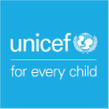
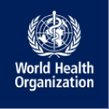
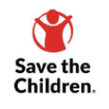
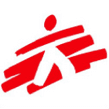
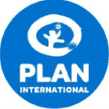

What can YOU do to help?
Donate Necessities
Donate Time
Considering Donating?
If you would like to make a donation, please click on the links below to visit the websites of the relevant organizations. Thank you for considering a donation.
$50
Can provide enough food to keep 3 children from going hungry for a month
$100
Can wrap 30 warm, cozy blankets around children affected by conflict
$300
Can provide a month’s worth of water to 20 children
